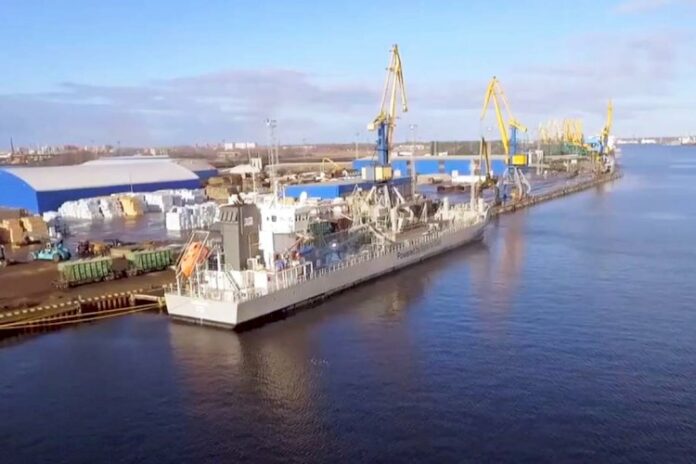Forecasting is possible due to invisible part of the system – specific software is responsible for non-stop data collection and mathematical modeling of hydrodynamic processes.
The system was created in Latvia, its developers, SIA “Procesu analīzes un izpētes centrs” (PAIC), have been researching waves, currents, sediment transport and silting of shipping lanes in Latvian ports for several years, consulting designers of port facilities, hydro-technical structures and navigable routes.
The Freeport of Riga is the first and so far the only port where the new system is operational, since April it has been available to everyone on the web platform – water.lv/HywasPort/RigasOsta.
The Vessel Traffic Service Center of the Freeport of Riga, which has to take various decisions related to maritime safety and the port operation efficiency on a daily basis, considers the hydrodynamic model to be useful.
Arnis Shmits, the Harbor Master, comments:
“The information provided by the system facilitates timely assessment of wind, wave, current and water levels, as well as helps to forecast their changes in a short time. Thus, in addition to the existing current and wind direction sensors mounted at the port, we have another real-time data collection tool that helps to plan the work of the port, as well as in some situations it might foster the decision-making process.”
The port of Riga is located on both banks of the River Daugava, stretching for 15 kilometers; the water area of the port occupies 4,386 ha. The port of Riga, as a distinct river port, has its own specific features – there are no cyclical and predictable tidal or water level changes. Changes in the water level at the port of Riga are irregular, mainly depending on the wind direction and speed, while the current in the River Daugava depends mainly on the intensity of HPP operation.



